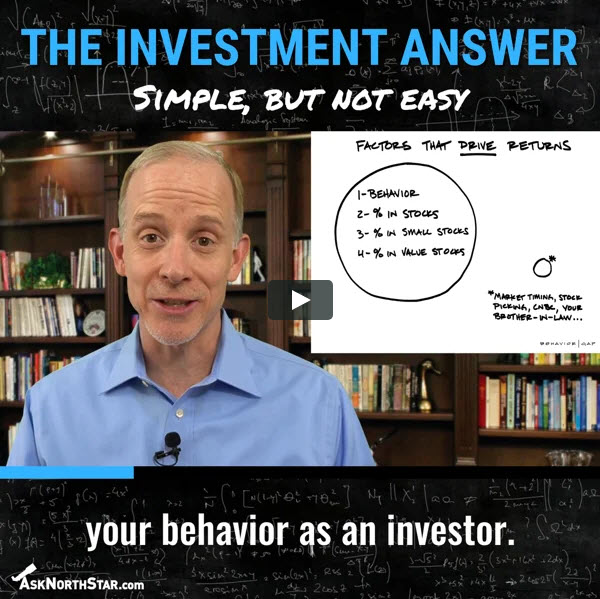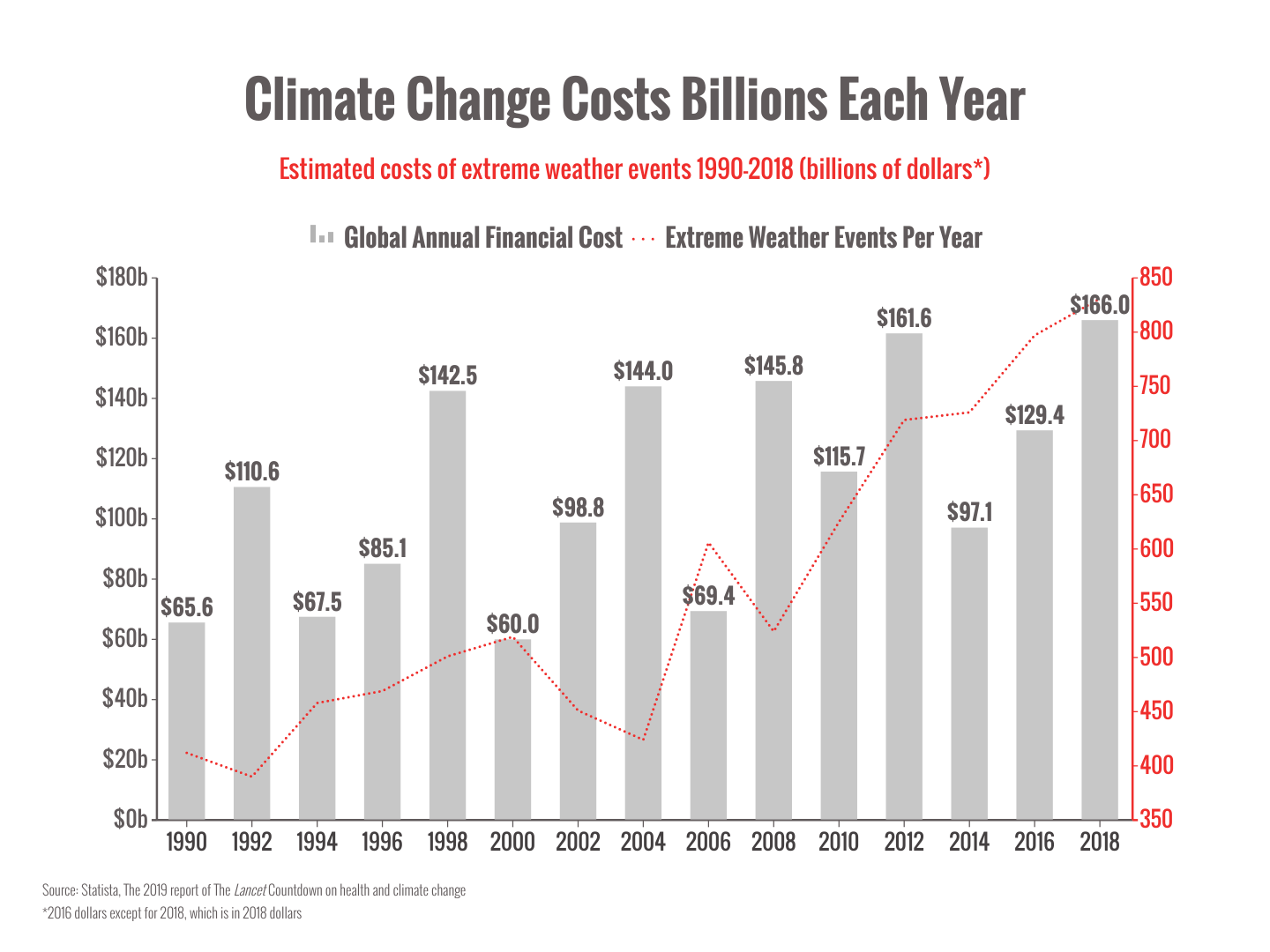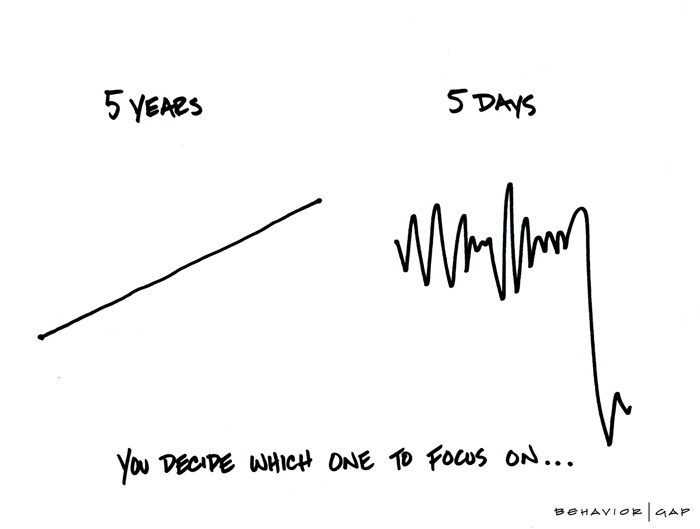At Thanksgiving and always…

It’s a season for giving thanks. And we wanted to thank you, our dear clients and friends, for allowing us to do what we love every day.
We’re thankful for the opportunity to work toward a mission that we truly believe in — helping families and communities articulate, underwrite, and fully embrace their great lives.
Please know that at Thanksgiving and always, we’re grateful for you.
May the good things in life be yours in abundance throughout the holiday season.
Happy Thanksgiving!
The NorthStar Team




















